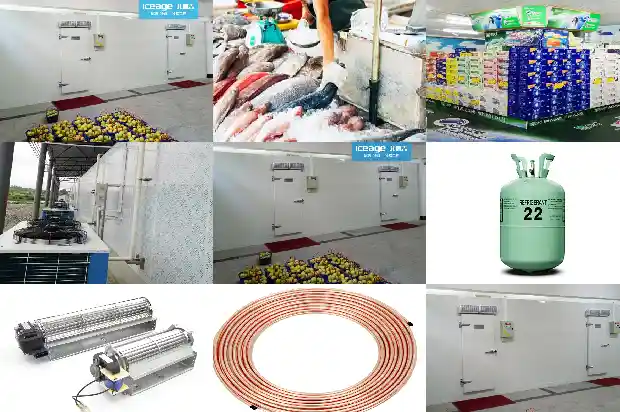Don't Overlook: The Impact of Capillary Tube Length on Refrigeration System Parameters
2025-02-25
Capillary tubes generally refer to slender copper tubes with an inner diameter of 0.4 - 2.0mm. As a throttling mechanism in the refrigeration system, the capillary tube is one of the simplest types. Due to its low cost and flexible selection, it is widely used in small - scale refrigeration devices. Despite its small size, the length of the capillary tube has a significant impact on the parameters of the refrigeration system.
- Impact on Suction, Discharge Temperatures and Pressures
With the same refrigerant charge, the shorter the capillary tube, the greater the refrigerant flow rate.
Therefore, both the suction temperature and the discharge temperature will decrease. Similarly, when the capillary tube length is fixed, the larger the refrigerant charge, the greater the refrigerant flow rate, and the suction and discharge temperatures also decrease.
However, the increase in flow rate causes the suction pressure to rise. Regarding the discharge pressure, when the refrigerant charge is constant, the shorter the capillary tube, the lower the discharge pressure; when the length of the capillary tube is constant, the larger the refrigerant charge, the higher the discharge pressure. - Impact on Condensing Temperature and Pressure
When the refrigerant charge is constant, the shorter the capillary tube, the lower the condensing temperature and pressure.
When the length of the capillary tube is constant, the larger the refrigerant charge, the higher the condensing temperature and pressure. - Impact on Evaporating Temperature and Pressure
When the refrigerant charge is constant, the shorter the capillary tube, the higher the evaporating temperature and pressure.
When the length of the capillary tube is constant, the larger the refrigerant charge, the higher the evaporating temperature and pressure. - Impact on Sub - cooling and Super - heating Degrees
When the refrigerant charge is constant, the longer the capillary tube, the greater the sub - cooling degree and the super - heating degree.
When the length of the capillary tube is constant, the larger the refrigerant charge, the greater the sub - cooling degree and the smaller the super - heating degree. - Impact on Refrigeration Capacity, Power Consumption, and Performance Coefficient (EER)
When the refrigerant charge is constant, the longer the capillary tube, the lower the power consumption, but the refrigeration capacity also decreases, and the EER decreases.
When the refrigerant charge increases to a certain extent, due to the significant impact of the heat - transfer temperature difference, the refrigeration capacity increases, and the EER also increases.
Related Articles
- What is the Impact of Cooling Fan Evaporator Fin Spacing on Frost Formation?
- What Impact Does Pressure Have on the Refrigeration System?
- Defrosting Heating Tubes in Refrigeration Devices
- Could a Tiny Copper Tube Cause a Multi - split Air Conditioner to Stop Cooling? Refrigeration Workers Must Pay Attention!
- How to Install the Purple Copper Tubes Special for Air Conditioners
- Refrigeration Repair Techniques: A Must - Know - "Sub - cooling" and "Super - heating"
- Advanced Guide! Design and Installation of Refrigeration System Pipelines
- Refrigeration Components of Refrigeration
- Refrigeration System: Copper Pipe Welding and Flushing Operations
- Have You Encountered the Three Common Problems of Refrigeration Compressors?
- How to Calculate Refrigeration Load? And What Are the Issues?
- What to Do if the Compressor of a Frozen and Refrigerated Display Cabinet Runs but the Refrigeration Effect Is Poor?
- Instructions for Welding and Drainage in the Installation of Refrigeration Equipment Pipelines
- Common Pressure Valves and Protection Devices in Refrigeration Units
- Precautions for Using Rotary Refrigeration Compressors
- What Misconceptions Should Be Avoided in Low - temperature Refrigeration System Repairs
- Essential for Maintenance! Parameters and Phenomena of Normal Operation of Refrigeration and Heating Systems
- Composition and Common Faults of Screw Refrigeration Compressors
